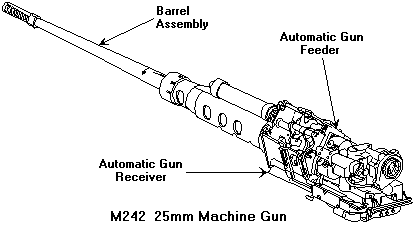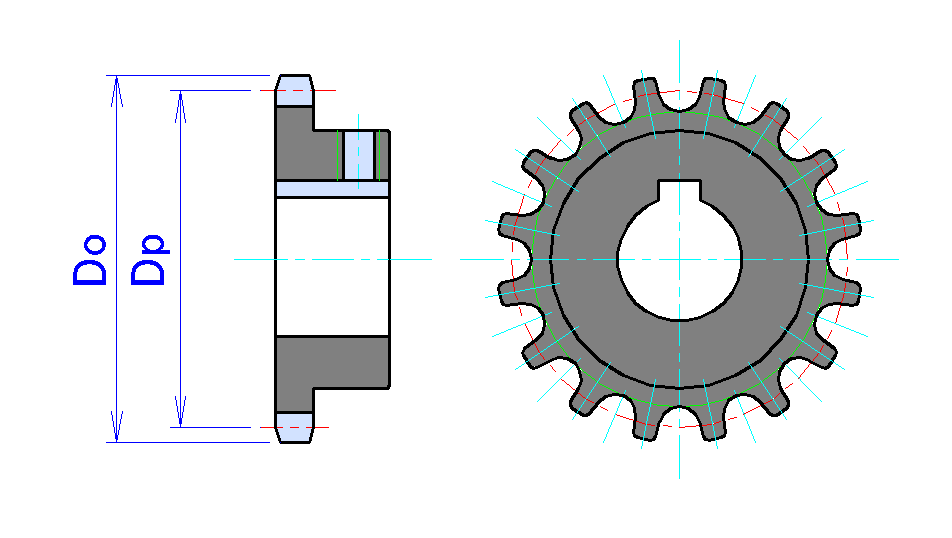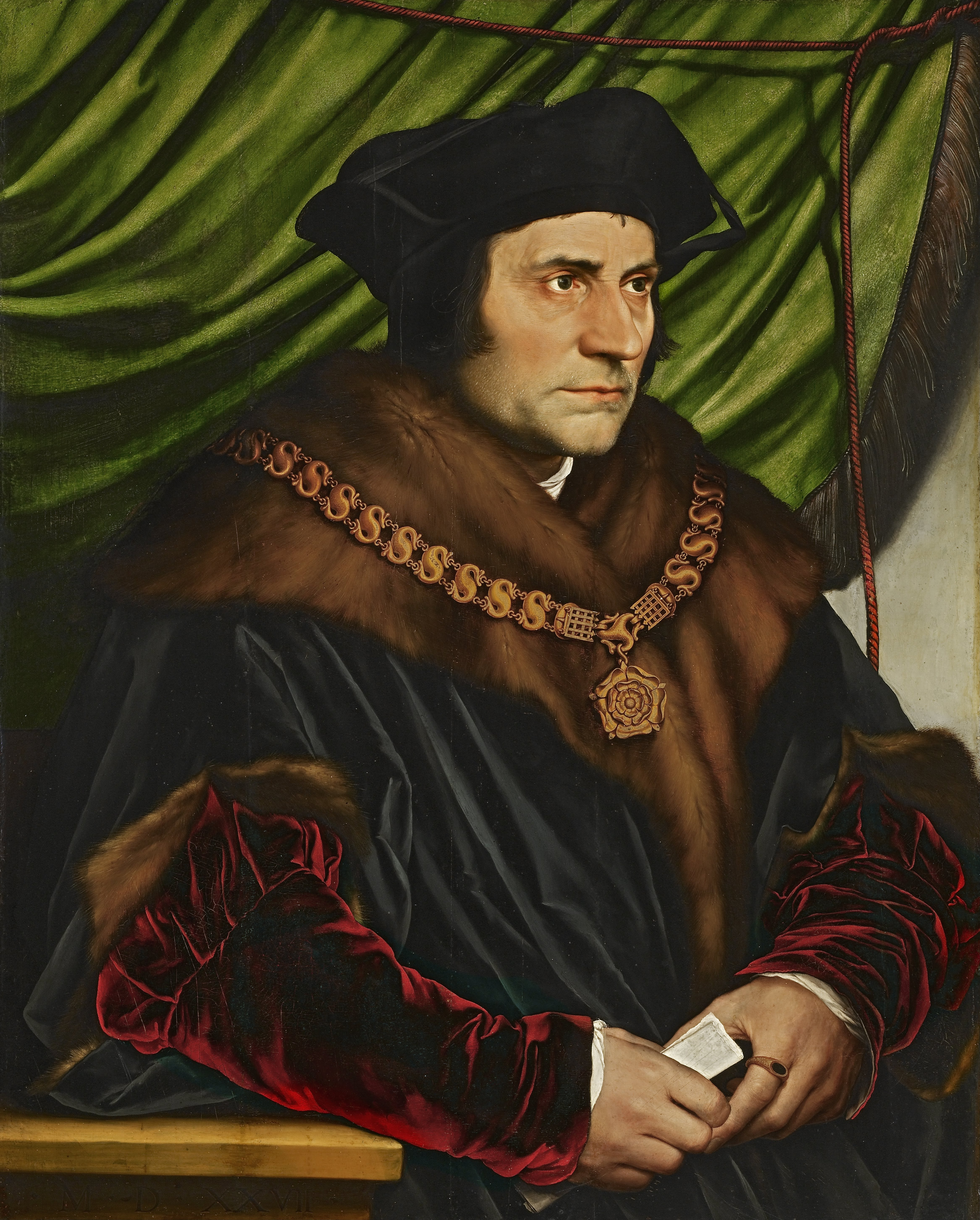|
Chain
A chain is a serial assembly of connected pieces, called links, typically made of metal, with an overall character similar to that of a rope in that it is flexible and curved in compression but linear, rigid, and load-bearing in tension. A chain may consist of two or more links. Chains can be classified by their design, which can be dictated by their use: * Those designed for lifting, such as when used with a hoist; for pulling; or for securing, such as with a bicycle lock, have links that are torus shaped, which make the chain flexible in two dimensions (the fixed third dimension being a chain's length). Small chains serving as jewellery are a mostly decorative analogue of such types. * Those designed for transferring power in machines have links designed to mesh with the teeth of the sprockets of the machine, and are flexible in only one dimension. They are known as roller chains, though there are also non-roller chains such as block chains. Two distinct chains can b ... [...More Info...] [...Related Items...] OR: [Wikipedia] [Google] [Baidu] |
Roller Chain
Roller chain or bush roller chain is the type of chain drive most commonly used for transmission of mechanical power on many kinds of domestic, industrial and agricultural machinery, including conveyors, wire- and tube-drawing machines, printing presses, cars, motorcycles, and bicycles. It consists of a series of short cylindrical rollers held together by side links. It is driven by a toothed wheel called a sprocket. It is a simple, reliable, and efficientAs much as 98% efficient under ideal conditions, according to means of power transmission. Sketches by Leonardo da Vinci in the 16th century show a chain with a roller bearing. In 1800, James Fussell patented a roller chain on development of his balance lock and in 1880 Hans Renold patented a bush roller chain. Construction There are two types of links alternating in the bush roller chain. The first type is inner links, having two inner plates held together by two sleeves or bushings upon which rotate two roller ... [...More Info...] [...Related Items...] OR: [Wikipedia] [Google] [Baidu] |
Chainsaw
A chainsaw (or chain saw) is a portable gasoline-, electric-, or battery-powered saw that cuts with a set of teeth attached to a rotating chain driven along a guide bar. It is used in activities such as tree felling, limbing, bucking, pruning, cutting firebreaks in wildland fire suppression, and harvesting of firewood. Chainsaws with specially designed bar-and-chain combinations have been developed as tools for use in chainsaw art and chainsaw mills. Specialized chainsaws are used for cutting concrete during construction developments. Chainsaws are sometimes used for cutting ice; for example, ice sculpture and winter swimming in Finland. History In surgery The origin of chain saws in surgery is debated. A "flexible saw", consisting of a fine serrated link chain held between two wooden handles, was pioneered in the late 18th century (c. 1783–1785) by two Scottish doctors, John Aitken and James Jeffray, for symphysiotomy and excision of diseased bone, respectively ... [...More Info...] [...Related Items...] OR: [Wikipedia] [Google] [Baidu] |
Bicycle Chain
A bicycle chain is a roller chain that transfers power from the pedals to the drive-wheel of a bicycle, thus propelling it. Most bicycle chains are made from plain carbon or alloy steel, but some are nickel-plated to prevent rust, or simply for aesthetics. History Obsolete chain designs previously used on bicycles included the block chain, the skip-link chain, and the Simpson lever chain. The first chains were of a simple, bushing-less design. These had inherent reliability problems and a bit more friction (and mechanical efficiency losses) than modern chains. With these limitations in mind, the Nevoigt brothers, of the German Diamant Bicycle Company, designed the roller chain in 1898, which uses bushings. More recently, the "bushingless roller chain" design has superseded the bushed chain. This design incorporates the bearing surface of the bushing into the inner side plate, with each plate creating half of the bushing. This reduces the number of parts needed to assemb ... [...More Info...] [...Related Items...] OR: [Wikipedia] [Google] [Baidu] |
Chain Stopper
A chain is a serial assembly of connected pieces, called links, typically made of metal, with an overall character similar to that of a rope in that it is flexible and curved in compression but linear, rigid, and load-bearing in tension. A chain may consist of two or more links. Chains can be classified by their design, which can be dictated by their use: * Those designed for lifting, such as when used with a hoist; for pulling; or for securing, such as with a bicycle lock, have links that are torus shaped, which make the chain flexible in two dimensions (the fixed third dimension being a chain's length). Small chains serving as jewellery are a mostly decorative analogue of such types. * Those designed for transferring power in machines have links designed to mesh with the teeth of the sprockets of the machine, and are flexible in only one dimension. They are known as roller chains, though there are also non-roller chains such as block chains. Two distinct chains can be c ... [...More Info...] [...Related Items...] OR: [Wikipedia] [Google] [Baidu] |
Chain Drive
Chain drive is a way of transmitting mechanical power from one place to another. It is often used to convey power to the wheels of a vehicle, particularly bicycles and motorcycles. It is also used in a wide variety of machines besides vehicles. Most often, the power is conveyed by a roller chain, known as the drive chain or transmission chain, passing over a sprocket gear, with the teeth of the gear meshing with the holes in the links of the chain. The gear is turned, and this pulls the chain putting mechanical force into the system. Another type of drive chain is the Morse chain, invented by the Morse Chain Company of Ithaca, New York, United States. This has inverted teeth. Sometimes the power is output by simply rotating the chain, which can be used to lift or drag objects. In other situations, a second gear is placed and the power is recovered by attaching shafts or hubs to this gear. Though drive chains are often simple oval loops, they can also go around corners by placi ... [...More Info...] [...Related Items...] OR: [Wikipedia] [Google] [Baidu] |
Jewelry Chain
Fine metal chains are used in jewellery to encircle parts of the body, namely the neck, wrists and ankles, and they also serve as points to hang decorative charms and pendants. Unlike industrial or chains for other purposes, jewellery chains or ''body chains'' are designed for aesthetic purposes. Material Jewellery chains are typically made from precious metals, mainly gold and silver. Platinum, palladium and steel may also be used. These metals are used because they are not very reactive, keep both their intricate shape and their strength, and require only minimal maintenance to keep their shine. Small lever mechanisms called findings serve as fastenings to enable the chain to be undone and redone. Styles File:Silver Jewellery Chain.jpg, Trace: Often the simplest style of chain. The links in a trace chain are typically uniform in breadth and thickness, and can be very delicate, especially in finer widths. File:Rolo chain.jpg, Rolo: The links of a rolo chain are usually ide ... [...More Info...] [...Related Items...] OR: [Wikipedia] [Google] [Baidu] |
Chain Pumps
The chain pump is type of a water pump in which several circular discs are positioned on an endless chain. One part of the chain dips into the water, and the chain runs through a tube, slightly bigger than the diameter of the discs. As the chain is drawn up the tube, water becomes trapped between the discs and is lifted to and discharged at the top. Chain pumps were used for centuries in the ancient Middle East, Europe, and China. In the Near East and Europe The earliest evidence for this device is in a Babylonian text from about 700 B.C. They were commonly powered by humans or animals. The device then appeared in ancient Egypt from about 200 B.C., featuring a pair of gear-wheels. A version of the chain pump was used in Ancient Greek and Roman, sometimes with pots, or scoops fixed to the chain, which, as they passed over the top pulley, tipped the water out; a 2nd century example is preserved in London. Philo of Byzantium wrote of such a device in the 2nd century B.C.; the histor ... [...More Info...] [...Related Items...] OR: [Wikipedia] [Google] [Baidu] |
Bicycle Lock
A bicycle lock is a security device used to deter bicycle theft, either by simply locking one of the wheels or by fastening the bicycle to a fixed object, e.g., a bike rack. Quick-release levers, as used on some bicycle wheels and seatpost fasteners, are a security vulnerability, because they allow the wheels and saddle to be easily removed. Unless such easily removable components are secured while the bicycle is unattended, they are vulnerable to theft. Sensible locking strategies address this by locking these components in addition to the frame, or by taking the vulnerable components, such as quick-release front wheels, away from the bicycle. Locking devices vary in size and security, the most secure tending to be the largest, heaviest and least portable. Thus, like other security equipment, bicycle locks must balance the competing interests of security, portability, and cost. Some are made of particularly expensive materials chosen for their acceptable strength and low density ... [...More Info...] [...Related Items...] OR: [Wikipedia] [Google] [Baidu] |
Chain Gun
A chain gun is a type of autocannon or machine gun that uses an external source of power to cycle the weapon's action, rather than diverting excess energy from the cartridges' propellant as in a typical automatic firearm, and does so via a continuous loop of chain drive similar to that used on a motorcycle or bicycle. History In 1972, Hughes Helicopters began a company-funded research effort to design a single machine gun to fire the U.S. Army's M50 round. By April 1973, the program had fired test rounds in more powerful WECOM linked ammunition, from a prototype (A model). In January 1975 a model "C" was added, a linkless version for the proposed Advanced Attack Helicopter YAH-64; the helicopter was later adopted as the Hughes Model 77/AH-64A Apache, with the model C (receiving the designation M230 chain gun) as standard armament. In 1976, Hughes Helicopters successfully patented the chain gun, and it has since been further developed into several other system of differen ... [...More Info...] [...Related Items...] OR: [Wikipedia] [Google] [Baidu] |
Sprocket
A sprocket, sprocket-wheel or chainwheel is a profiled wheel with teeth that mesh with a roller chain, chain, Caterpillar track, track or other perforated or indented material. The name 'sprocket' applies generally to any wheel upon which radial projections engage a chain passing over it. It is distinguished from a gear in that sprockets are never meshed together directly, and differs from a pulley in that sprockets have teeth and pulleys are smooth except for timing pulleys used with toothed belts. Sprockets are used in bicycles, motorcycles, continuous track, tracked vehicles, and other machinery either to transmit rotary motion between two shafts where gears are unsuitable or to impart linear motion to a track, tape etc. Perhaps the most common form of sprocket may be found in the bicycle, in which the pedal shaft carries a large sprocket-wheel, which drives a chain, which, in turn, drives a small sprocket on the axle of the rear wheel. Early automobiles were also largely dr ... [...More Info...] [...Related Items...] OR: [Wikipedia] [Google] [Baidu] |
Chain Of Office
A livery collar or chain of office is a collar or heavy chain, usually of gold, worn as insignia of office or a mark of fealty or other association in Europe from the Middle Ages onwards. One of the oldest and best-known livery collars is the Collar of Esses, which has been in continuous use in England since the 14th century. History Origins Various forms of livery were used in the Middle Ages to denote attachment to a great person by friends, servants, and political supporters. The collar, usually of precious metal, was the grandest form of these, usually given by the person the livery denoted to his closest or most important associates, but should not, in the early period, be seen as separate from the wider phenomenon of livery badges, clothes and other forms. From the collar hung a badge or device indicating the person the livery related to; the most important part of the ensemble for contemporaries. Equally gold collars that had no livery connotations were worn. Livery ... [...More Info...] [...Related Items...] OR: [Wikipedia] [Google] [Baidu] |
Bar-link Chain
A bar-link chain, also called a block-and-bar chain or a block chain, is a mechanical drive chain. It is composed of side plates, where each plate straddles one end of a block and is connected to the block with a pin going through a hole at one end of the block. Bar-link chains are simple, and often heavier and less efficient when compared with modern roller chains due to the lack of rolling motion as the chain engages and disengages the sprockets. However, they have advantages in specific applications, especially where no sprockets are needed, where strength is a greater concern than efficiency (high loads), and where the chain has special fixtures for holding or engaging a load. See also *Drive chain Chain drive is a way of transmitting mechanical power from one place to another. It is often used to convey power to the wheels of a vehicle, particularly bicycles and motorcycles. It is also used in a wide variety of machines besides vehicles. ... References Chain dri ... [...More Info...] [...Related Items...] OR: [Wikipedia] [Google] [Baidu] |

.png)






